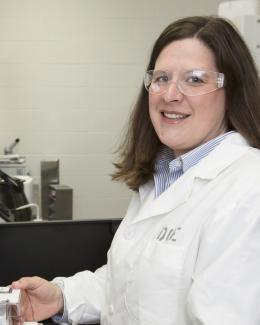Abstract
Detrimental biofilms on RO membranes remain a crucial challenge for seawater desalination. Comparative analysis of 16S rRNA gene amplicon sequencing data revealed differences and commonalities of biofilm communities associated with unit operations in the two largest seawater desalination facilities in the U.S., the Claude "Bud" Lewis Carlsbad Desalination Plant and the Tampa Bay Seater Desalination facility. At both plants, feedwater collected at a single time point was a poor indicator of the RO membrane communities, which showed far greater taxa diversity. The analysis of prefilter cartridges from the Carlsbad plant revealed similarly high taxon diversity as the RO module biofilms, with relevant differences. Algal sequences were enriched on the prefilter cartridges as were sequences representing Bdellovibrionota, which are predatory bacteria. Sequences representing opportunistic Gammaproteobacteria (i.e., Shewanella, Woesia) were present in significantly higher relative abundance on the RO membranes than in the prefilter cartridges, suggesting growth of certain taxa in the RO modules. Untargeted metabolomics distinguished intra- and inter-desalination plant biofilm samples, highlighting the potential value of this tool for biofilm monitoring. These findings underscore the value of omics tools for effective microbial monitoring, to understand biofouling dynamics within RO desalination plants, and to provide insight for the development of ecologically-informed biofilm control measures.




